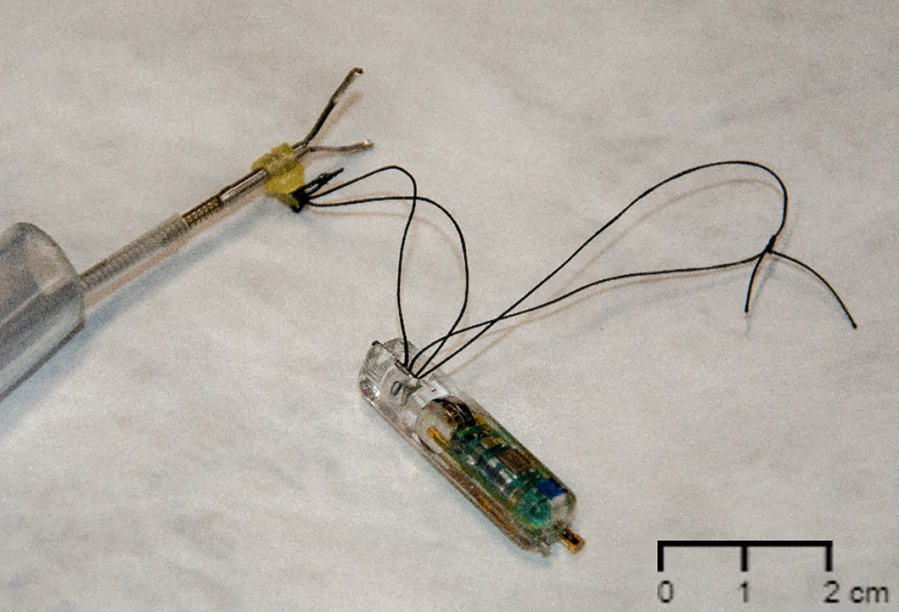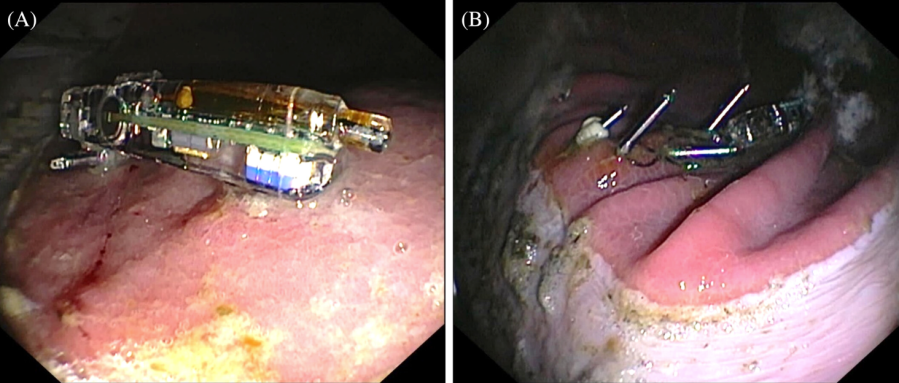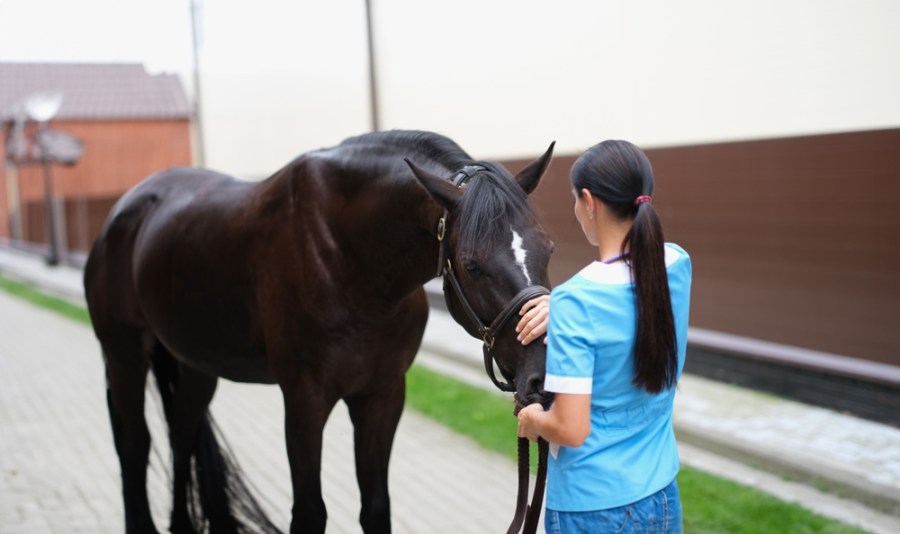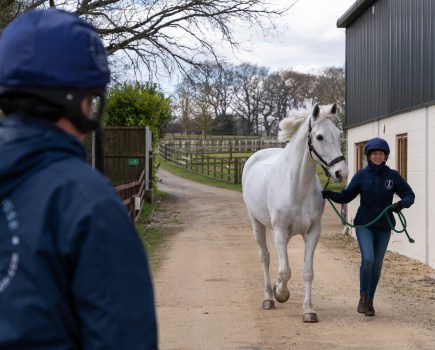Researchers in Australia have come up with a way for vets to monitor pH in the stomach of horses who are prone to gastric ulcers, one of the leading causes of claims on horse health insurance policies, without the need for scoping and other invasive procedures.
They inserted a wireless, pH-testing capsule into the stomach of 11 horses and then attached it using hemostasis clips.
The capsule was used to obtain continuous wireless pH readings in each horse and more than half remained attached for more than 24 hours.
Currently vets use a 3m long, narrow and flexible video gastroscope camera to diagnose gastric ulcers in a process commonly known as scoping.
The camera is passed up a sedated horse’s nose and into their stomach via the oesophagus.
If ulcers are seen, diagnosis is made and a treatment plan is arranged.
But the Australian vets wanted to find out if they could continuously monitor gastric pH to improve research into ulcers and they adapted a technique currently used in human ulcer patients.
Eleven healthy adult mares (four Standardbreds and seven Australian Stock Horses) from the University of Queensland Equine Unit, aged 5-26 years and weighing 421-515 kg, were enrolled in a prospective pilot study.

‘Novel technique’
Under sedation a wireless, pH-testing capsule was inserted down the horse’s throat and into the stomach then attached to the squamous and glandular gastric mucosa using hemostasis clips.
This was used to obtain continuous wireless pH readings in the horse and more than half remained attached for more than 24 hours.
Lead scientist Stephanie Bond said: “This novel technique enabled the continuous wireless measurement of intragastric pH at known locations in the equine stomach under fed and fasted conditions, offering a valuable alternative model for pharmacodynamic [drug testing] studies and potential for clinical use.
“It has clear advantages compared to nasogastric pH probes and to invasive interventions such as indwelling percutaneous gastrotomy tubes or gastric cannulation.”

Common disease
Equine gastric ulcer syndrome is the most common disease of the equine stomach, affecting as many as one in three horses.
Studies have reported that 37% of leisure horses, 63% of performance horses, 93% of racehorses, 67% of broodmares and nearly 50% of foals are affected by equine gastric ulcer syndrome (EGUS).
Horses secrete gastric acid continuously, whether or not they are eating, and gastric ulcers occur when this gastric juice overpowers the stomach lining’s protective factors, causing lesions in the squamous (upper) or glandular (lower) regions of the horse’s stomach.
Ulcers may develop when horses have prolonged periods without food that would neutralise the acid. Those with diets high in concentrates are also high risk.
Main image © Shutterstock. Insets © Hodgson et al







